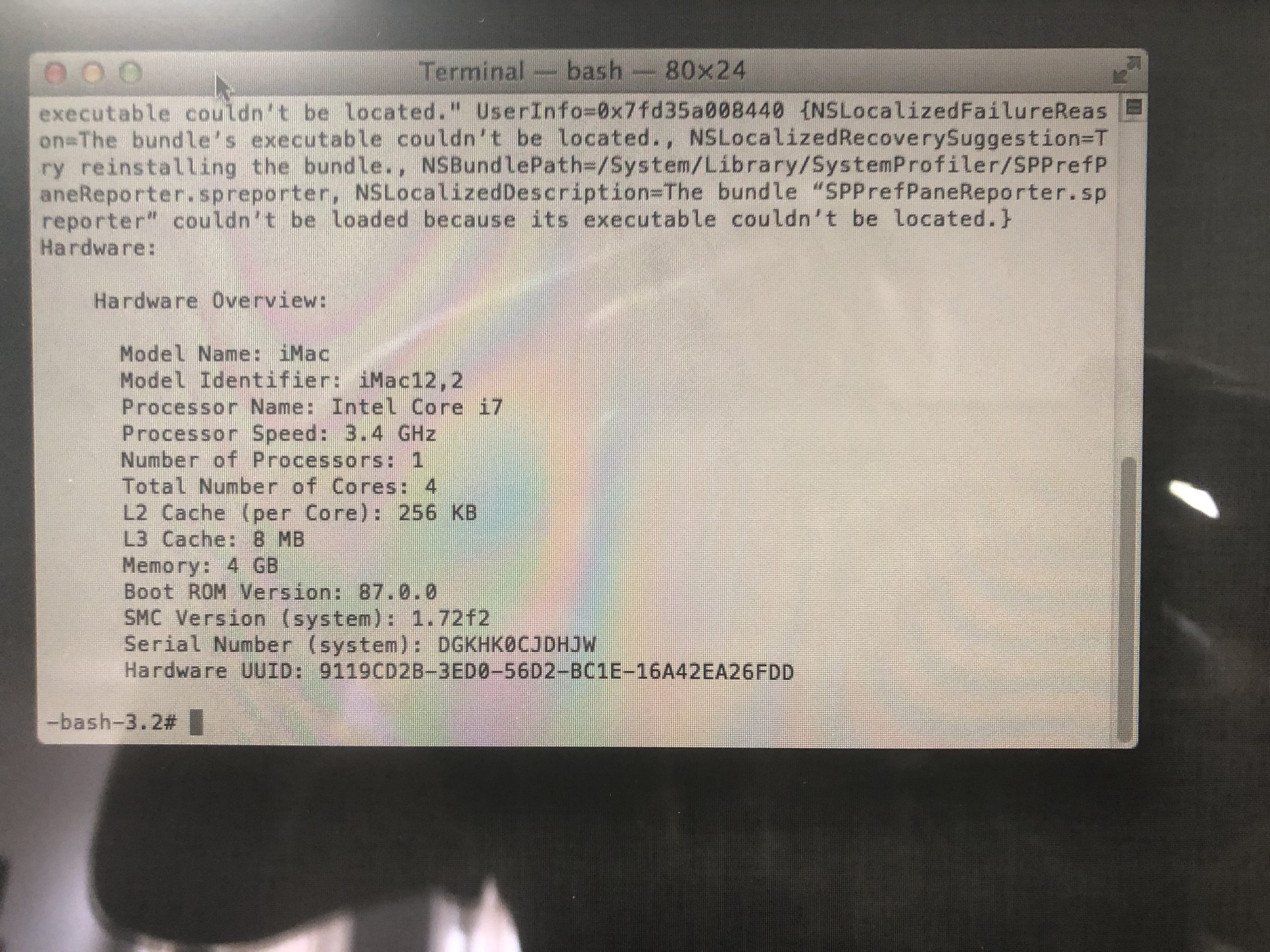The Hidden Challenge: North Korean IT Workers in Fortune 500 Companies
In recent revelations, several Fortune 500 companies have acknowledged the presence of North Korean IT professionals within their workforce, with many organizations admitting to employing one or more individuals from the country. This development raises important questions about cybersecurity and the integrity of hiring practices in major corporations.
As companies increasingly seek skilled technology professionals to bolster their operations, the implications of hiring from regions with complex geopolitical tensions cannot be overlooked. The integration of North Korean IT talent may seem appealing due to cost-effectiveness or specific technical skills, but it carries significant risks that may not be immediately apparent.
To navigate this intricate landscape, organizations must become adept at identifying potential vulnerabilities associated with foreign hires. Ensuring robust hiring processes and stringent vetting procedures can protect businesses from falling prey to fraudulent practices or cyber threats.
For further insights into this pressing issue, including tips on recognizing and preventing fraudulent activity related to North Korean IT workers, consider reading more on dedicated cybersecurity resources. As companies strive to maintain their reputations and safeguard their operations, addressing these challenges will be crucial for the future.
Staying informed and proactive is key to navigating the complexities of the modern workforce while maintaining security and integrity in business practices.
Share this content:




Thank you for sharing this insightful article. The presence of North Korean IT professionals within Fortune 500 companies underscores the importance of implementing comprehensive vetting and security protocols during the hiring process. To mitigate the potential risks associated with such hires, consider the following steps:
Implementing these measures can significantly enhance your organization’s security posture. If you need assistance with configuring security tools or developing tailored vetting procedures, please feel free to reach out. Staying vigilant is crucial in today’s complex geopolitical landscape.